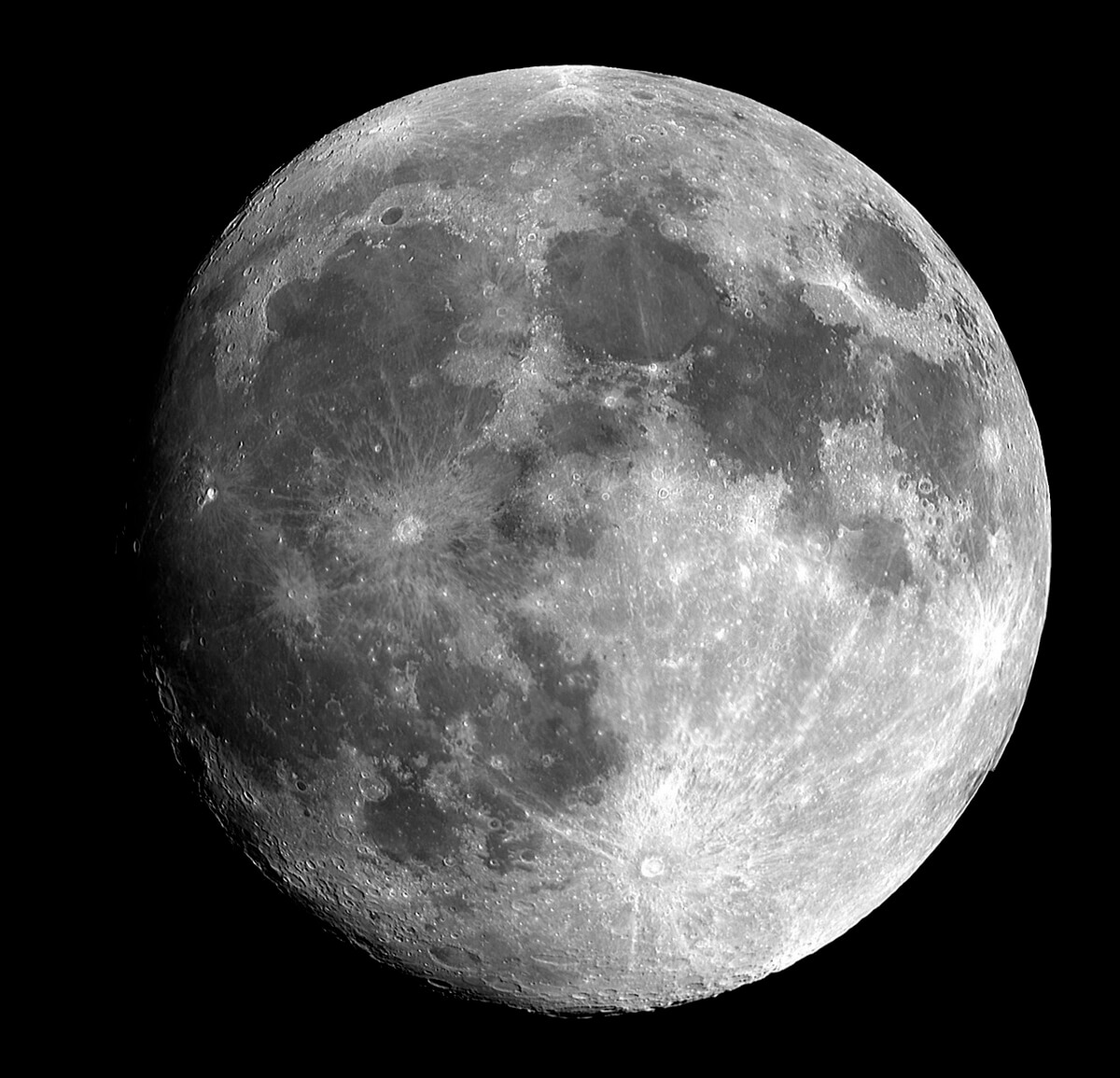Have you ever looked up at the moon on a clear, starry night and noticed the dark spots? What are the dark areas of the moon called?
The dark areas on the lunar surface are craters varying in size, formed from collisions with astral bodies. Meteorites, asteroids, and comets pummeled the surface of the moon for millennia, forming impressions upon impact.
From our viewpoint on the Earth, these caters appear darker than other areas of the moon that remain unscathed. We’ve all heard about The Man on the Moon and the Sea of Tranquility. These regions make for mesmerizing viewing while we’re stargazing at night.
This post looks at what we call these dark spots on the moon and how they occurred.
Understanding Origins – How Did The Moon Form?
The Earth and its moon formed around 4.6 billion years ago. During this era, the Solar System was pure chaos, with asteroids, meteors, and comets buzzing around space. The space debris would frequently collide, creating the celestial bodies that we see in the night sky.
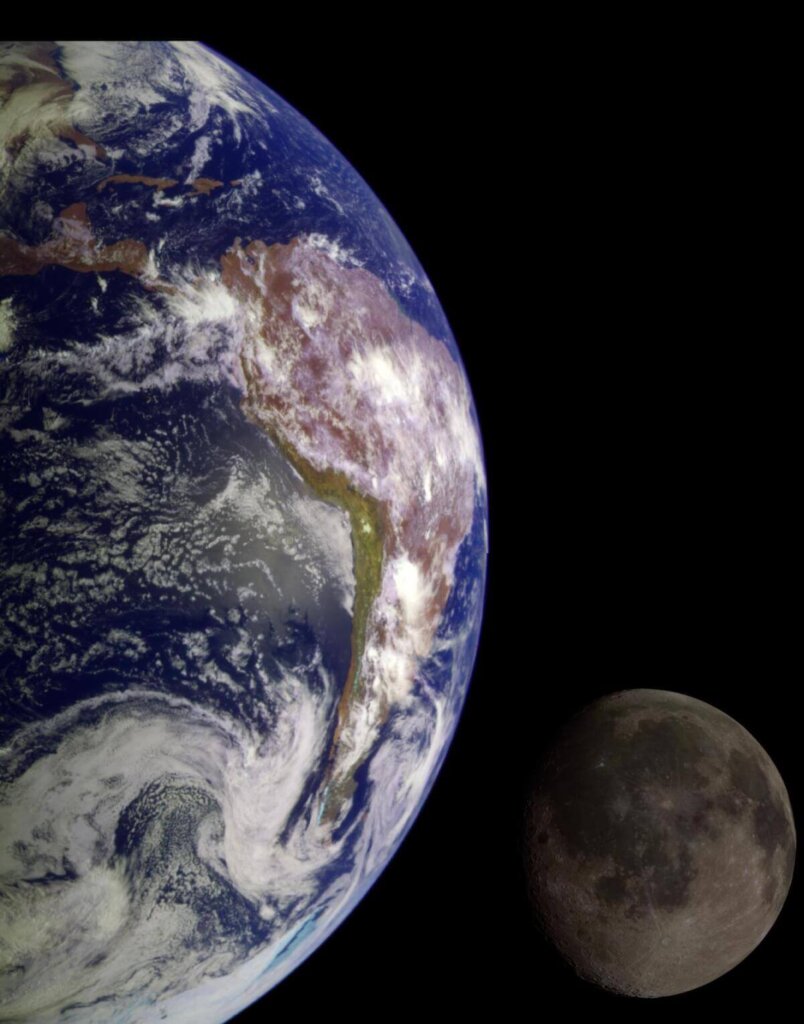
The Earth and the moon experienced many collisions during this period. The moon itself was a byproduct of a collision between the Earth and a Mars-sized planet several billion years ago. The matter ejected from the Earth during the collision ended up in space, where it formed our moon.
What Are The Dark Areas of The Moon Called?
The dark spots on the moon look like shadows, but they aren’t anything of the sort. The shadow illusion occurs due to the moon’s surface being more than 80% anorthosite. This grey-colored matter reflects sunlight from its surface at the Earth, which is why a full moon looks so bright on a clear night.
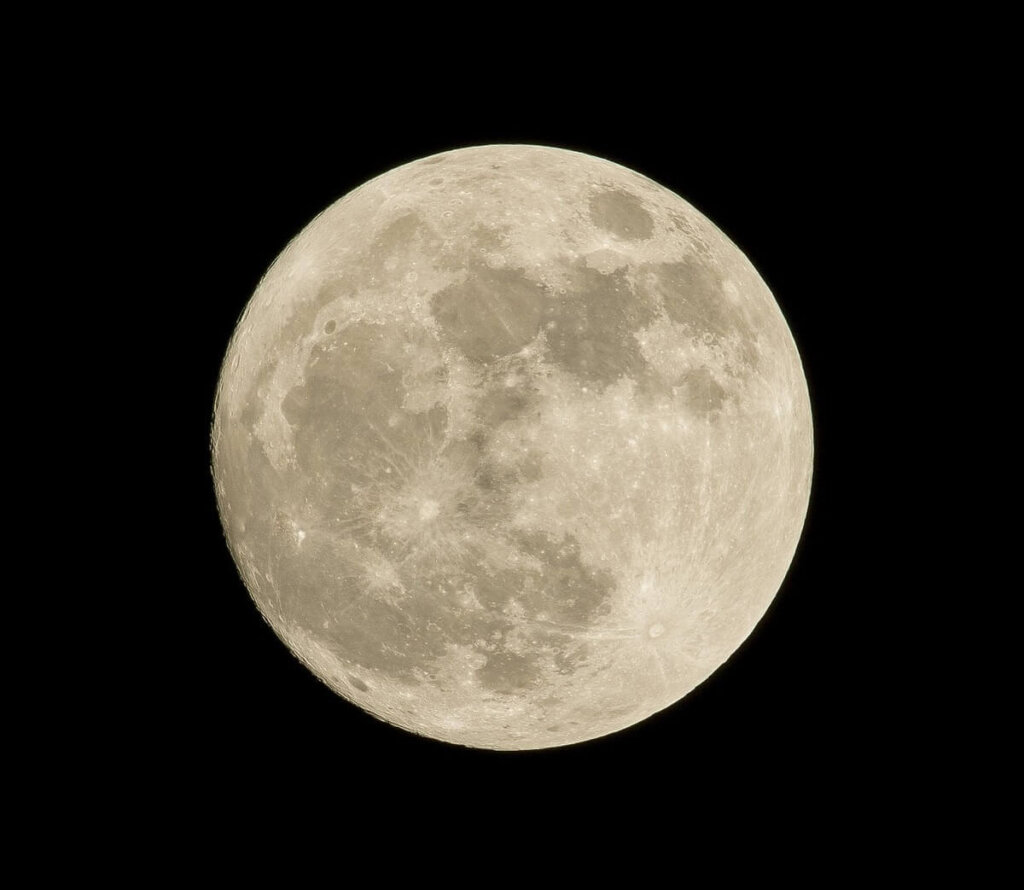
Initially, the first astronomers thought the dark parts of the moon were bodies of water. As a result, they named them maria, meaning sea in Latin. The name stuck, and astronomers still use it today. Science classifies maria using other terms as well.
If you read about oceanus, lacus, palus, or sinus in astronomical texts, these terms refer to different types of maria. According to the experts, these dark spots are not water but rather seas of dry lava, billions of years old.
This basalt rock accounts for approximately 16% of the lunar surface, with most of it being on the moon’s Earth-facing side. Basalt is darker than anorthosite and doesn’t reflect light as well, resulting in the darker color we notice when staring at it from Earth.
How Did The Moon’s Dark Spots Form?
Astronomers know the moon is a dormant satellite with a cold, dark surface and no volcanic activity. However, this wasn’t always the case. Billions of years ago, the moon was alive with volcanos erupting everywhere. The gravitational pull of the Earth was responsible for much of the volcanic activity on the Earth-facing side at the time.
The layer under the surface of the moon, known as the mantle, consisted of large quantities of magma. The magma escaped the clutches of the moon’s crust through fissures during volcanic eruptions. Astronomers also believe asteroid impacts on the moon’s surface created fissures allowing the lava to escape to the surface.
Since the moon’s gravity is so much weaker than the Earth’s, it allows for easy flow of magma from the fissures in the crust, resulting in large pools on the surface. The lower gravity on the surface also means the magma didn’t shoot from the crust like it does here on Earth.
Instead, the lava flowed from the fissures like water flowing over the brim of a cup. The magma pooled in the lower-lying land on the surface of the moon, forming large lava seas. As the molten lava cooled and solidified, it turned into the dark spots on the moon that we see today.
How Many Maria Are On The Lunar Surface?
Astronomers account for 22 maria on the moon’s surface. Each of the maria have a unique configuration, taking the shapes of water bodies we see on Earth, such as bays, lakes, and marshes.
Many of the larger maria on the lunar surface are named seas, and in total, there are 22 different maria, not to mention those designated as lakes, marshes, and bays.
What Is The Mare Tranquillitatis?
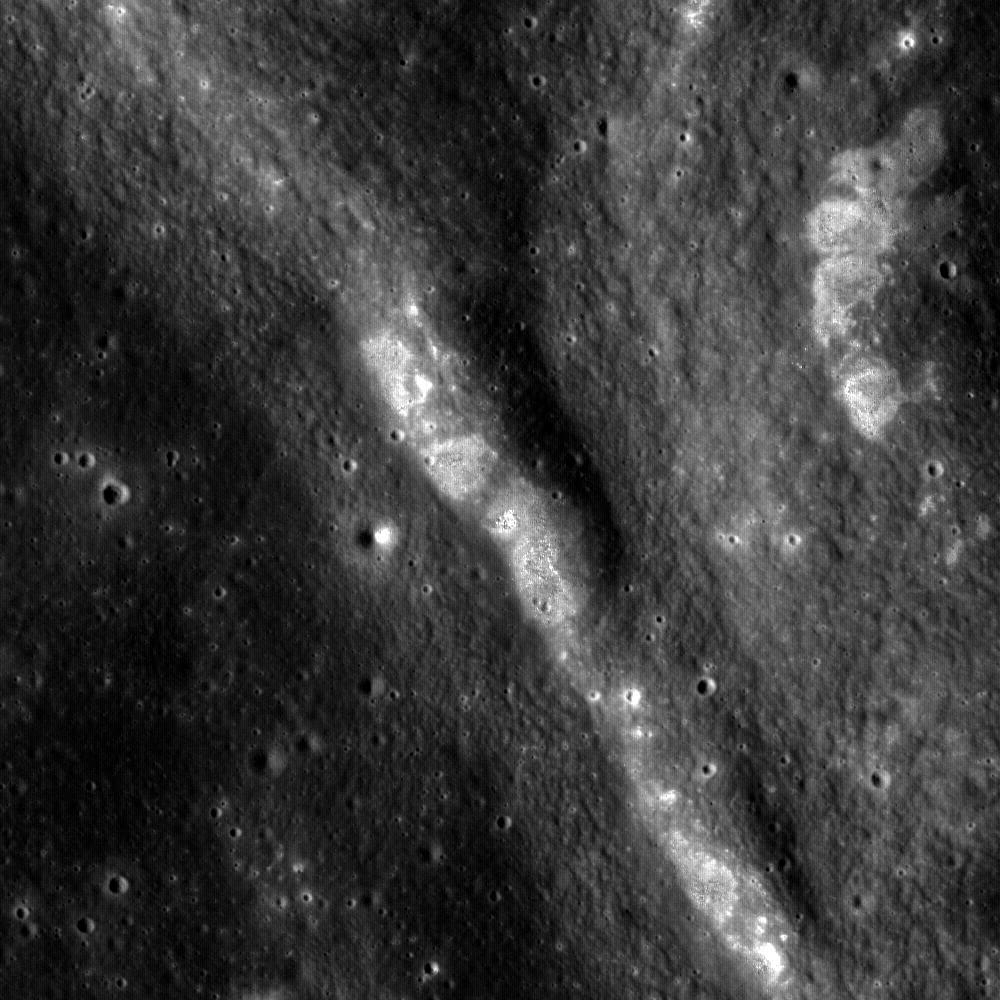
The Sea of Tranquility, also known as the Mare Tranquillitatis, was the landing site for the Apollo 11 mission. It’s the first place man set foot on the moon.
What Is The Mare Moscoviense?
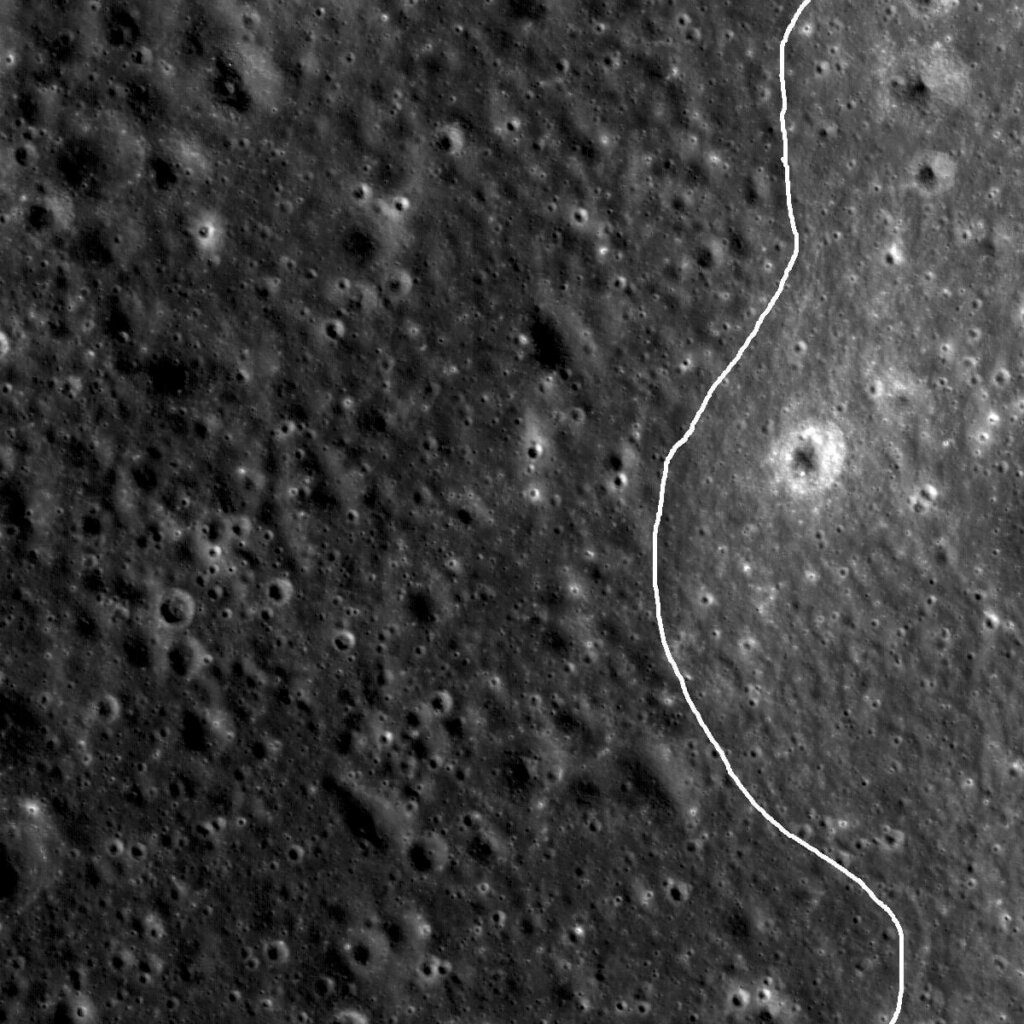
The former Soviet Union discovered the Mare Moscoviense on the far side of the moon. The Soviet astronomers making the discovery named it Moscoviense after the country’s capital, Moscow. The International Astronomical Union accepted the name because Moscow translates to “state of mind.”
What Are The Lunar Rille?
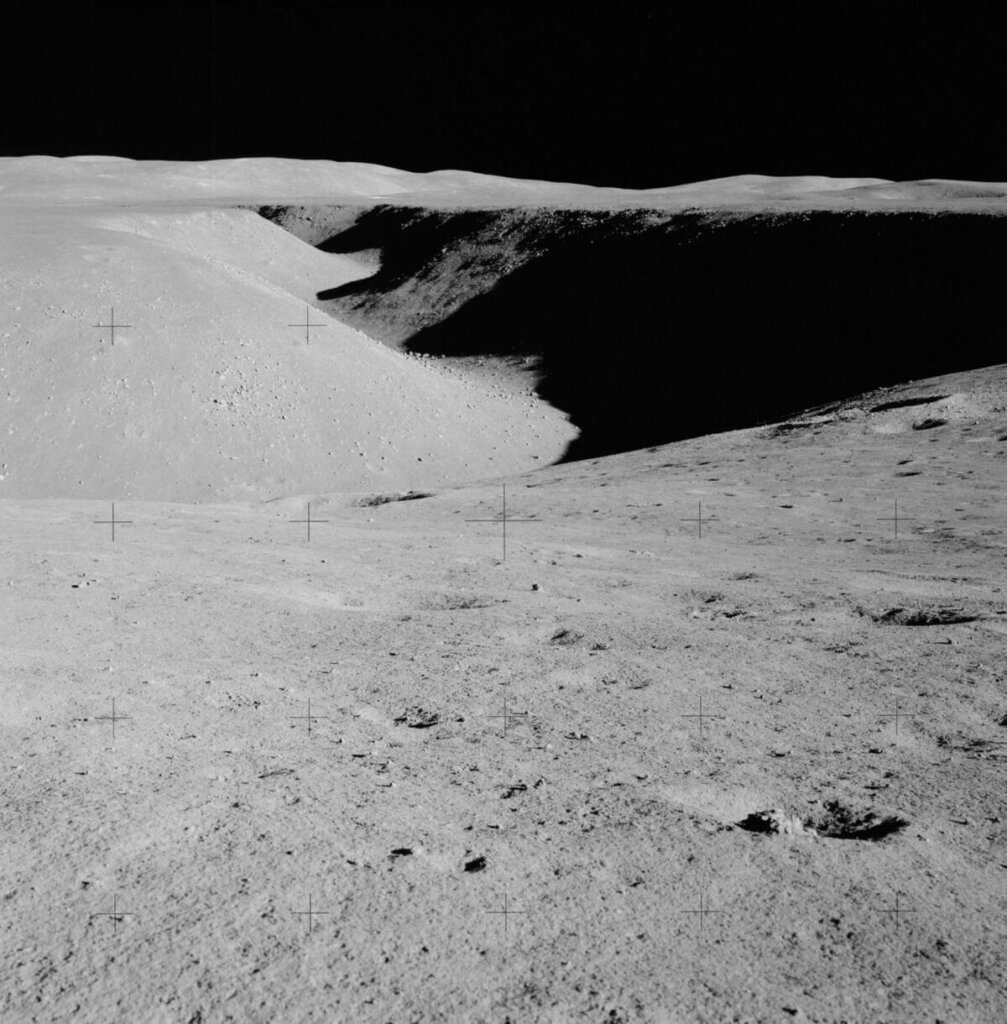
The lava flows along the lunar surface filled the many wide grooves as it drained towards the maria. German astronomers named these lava-filled grooves rille, meaning grooves in German.
Lunar rille is several miles wide and hundreds of miles in length at some sites. The most famous of the lot is the Hadley Rille, the landing site of the Apollo 15 spacecraft and the site for the deployment of the first lunar rover.
Oceanus Procellarum – The Largest Maria On The Moon
Lunar maria vary in size. Some are less than 30 miles wide, while others are enormous. The biggest is the Ocean of Storms or Oceanus Procellarum, covering a huge area of the western edge of the lunar surface. It measures more than 1,600 miles from north to south, covering an area of 1,500,000 square miles.
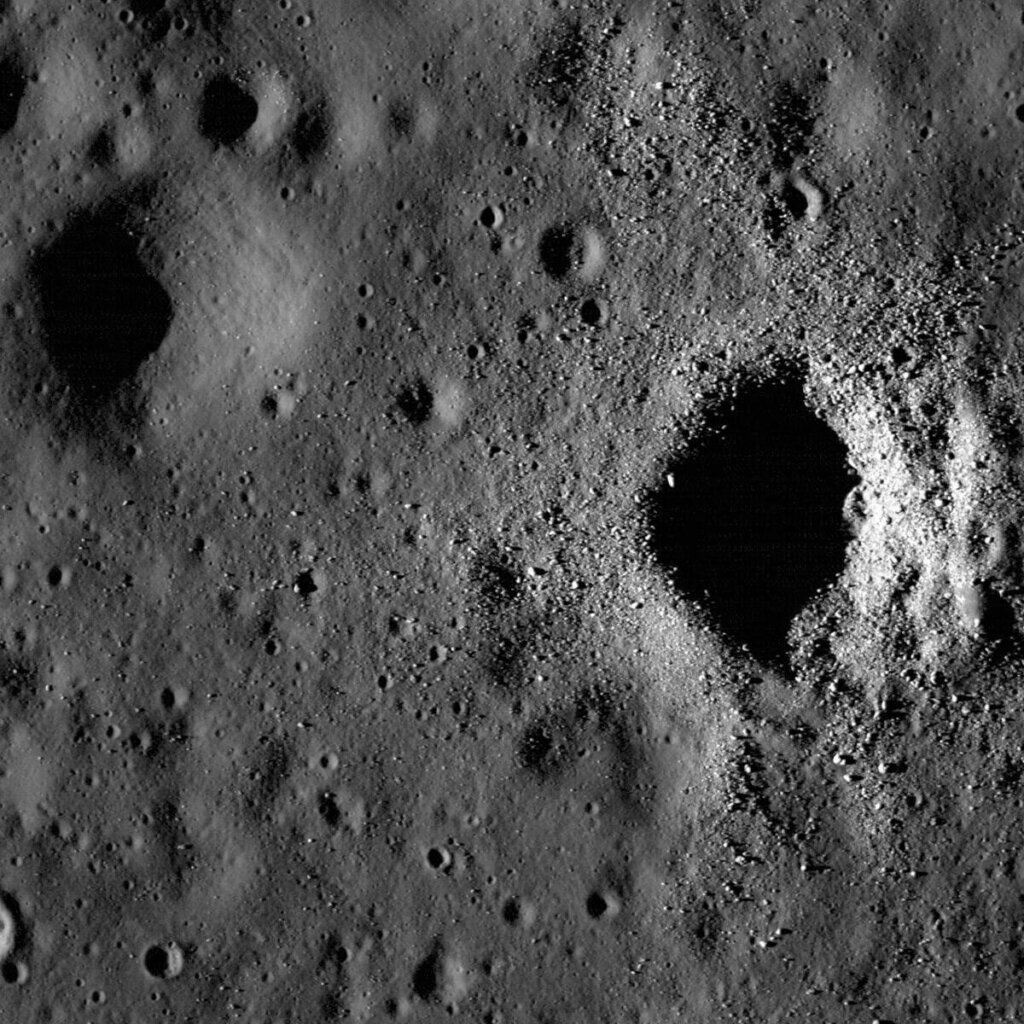
The Oceanus Procellarum accounts for a staggering 10% of the moon’s surface. Astronomers believe the Oceanus Procellarum formed during a sizeable impact on the lunar surface while the moon’s lava was flowing or shortly after it hardened.
Apollo 12 was the first spacecraft to land in the Ocean of Storms, and many countries used it as a landing site, including Chinas Chang’e 5, where it collected rock samples from the Oceanus Procellarum.
Conclusion
The dark spots on the moon weave a story of when the moon’s surface was active. Today, the moon is nothing of the sort; it’s a cold, grey, dark landscape. The next time you’re staring up at the moon on a clear night, consider you’re viewing a history extending billions of years back in time.

